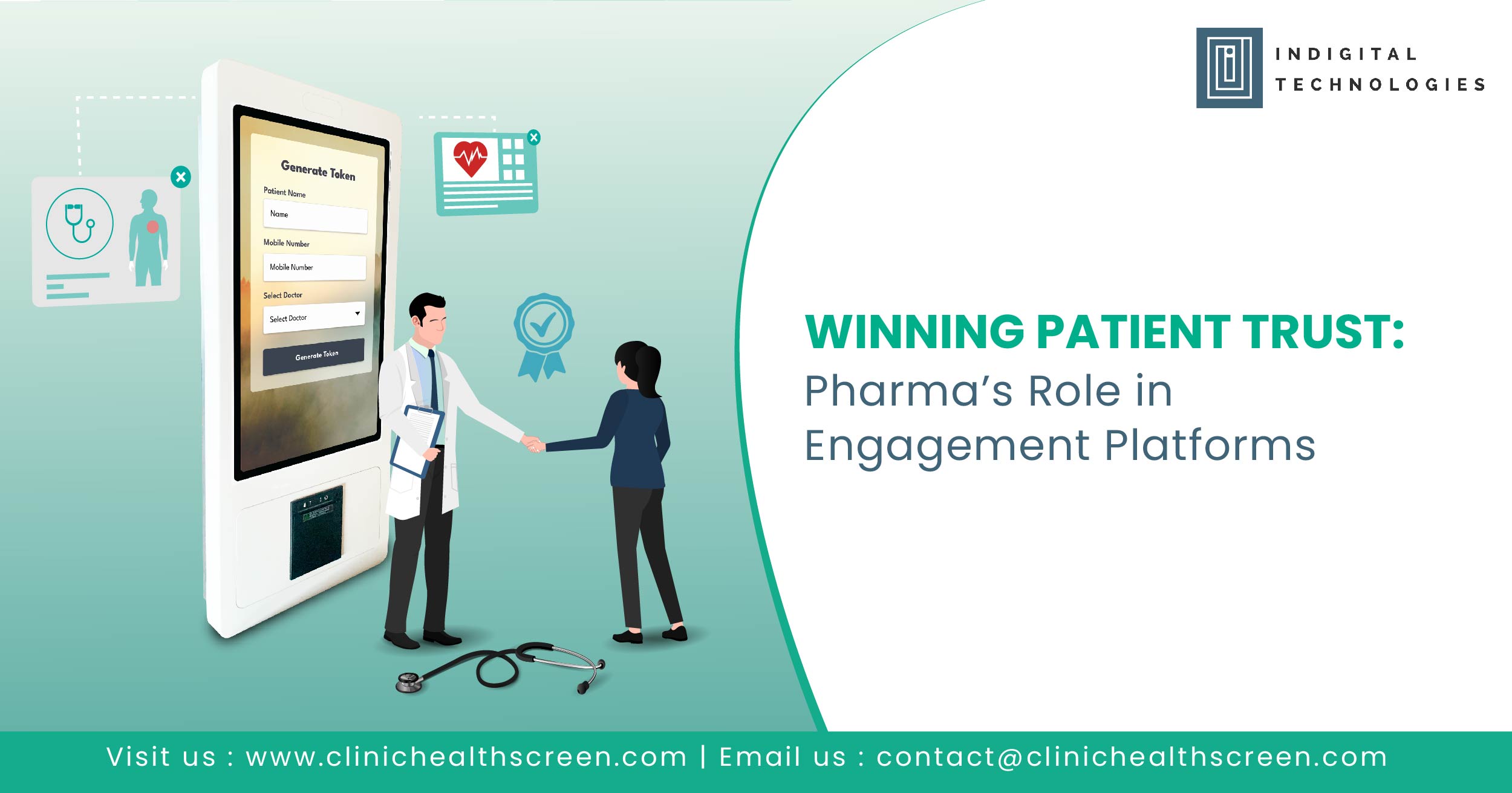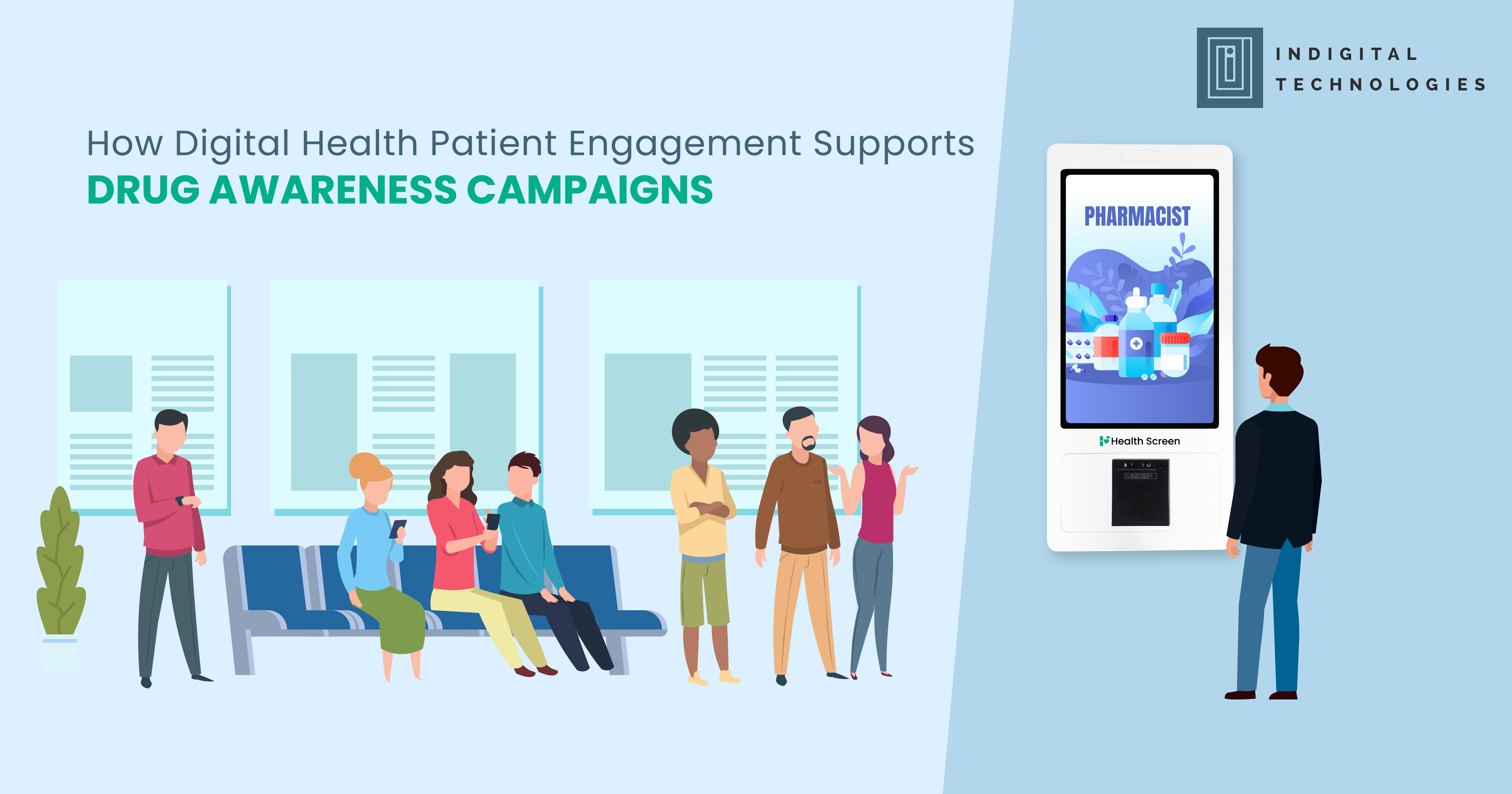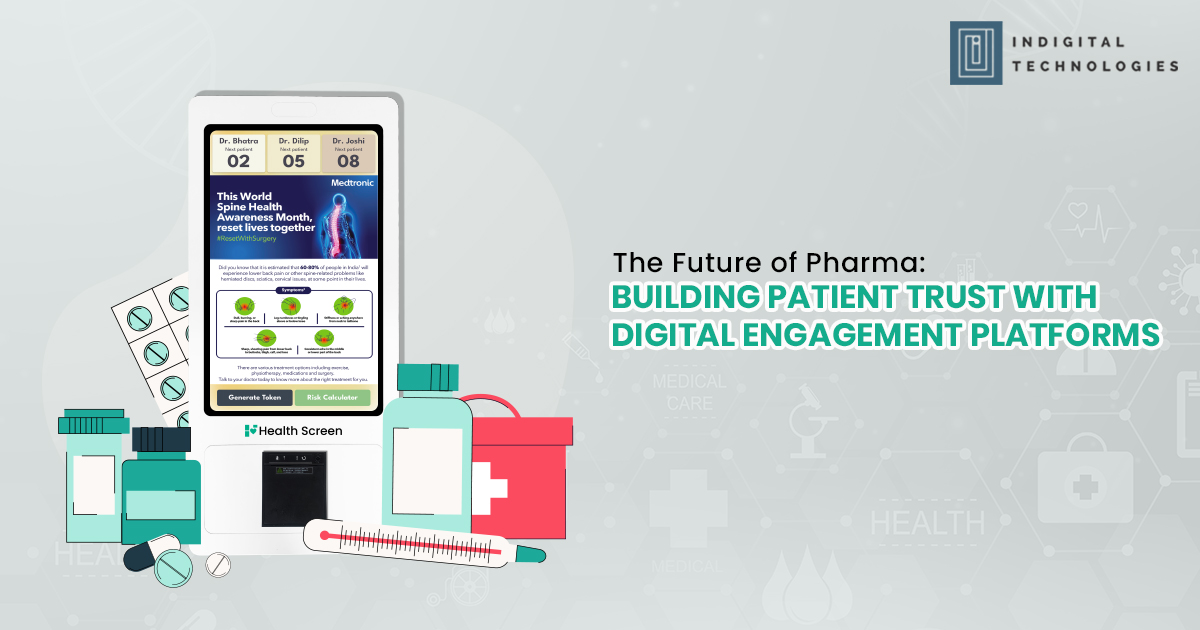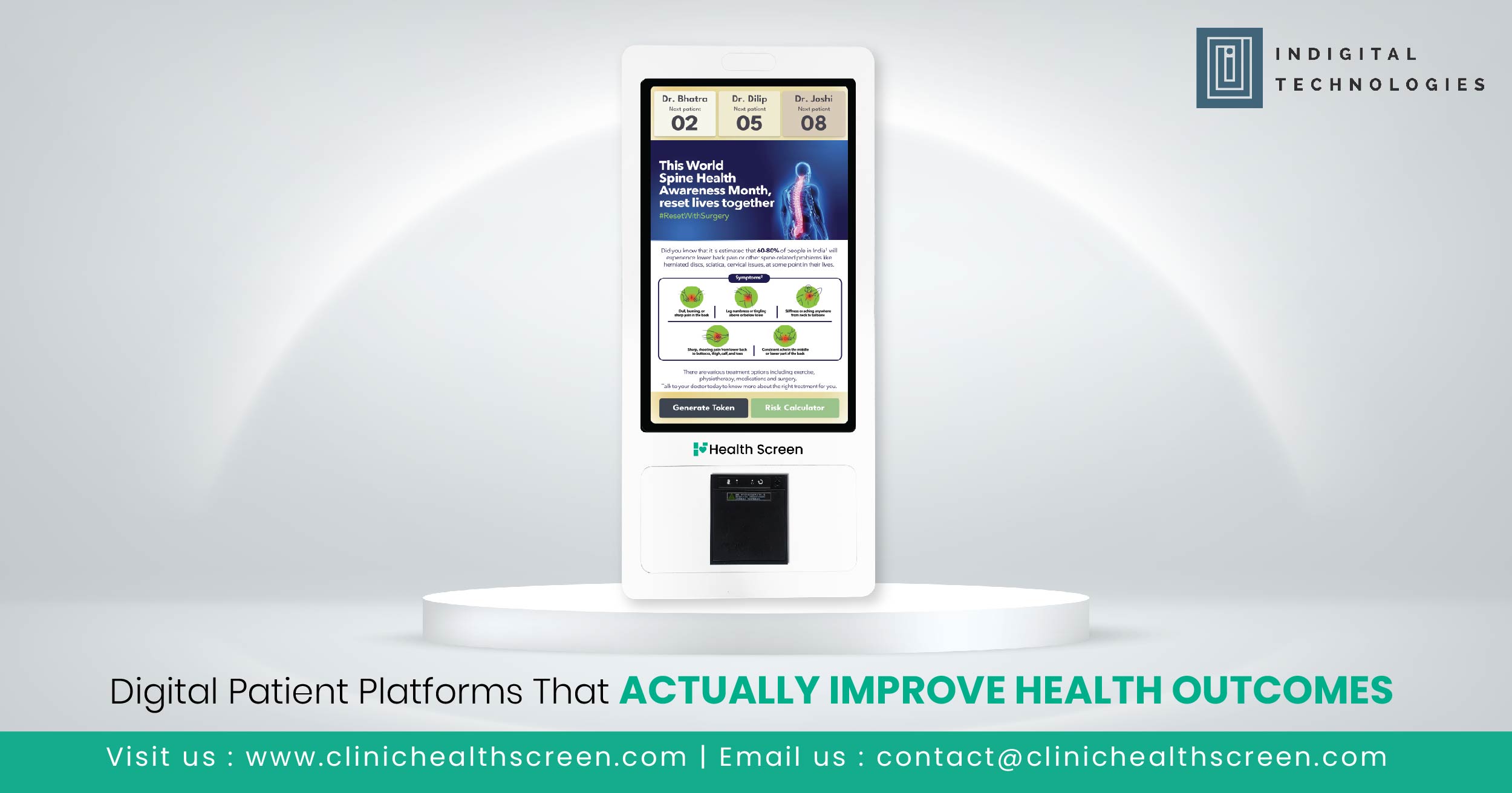Trust. It’s the currency of healthcare.
Doctors earn it through clinical skill and empathy. Pharma brands, however, face a steeper path—limited patient interaction, regulatory restrictions, and the challenge of differentiating in a crowded market. But what if there were a way for pharma to gain patient trust by enhancing the very environment of care?
That’s where digital patient engagement platforms come in.
A New Frontier: Beyond Pills and Promotions
For decades, pharma’s role was narrowly defined—deliver medication, ensure compliance, and build relationships with doctors. But patients today are more informed, involved, and demanding. They don’t just want treatment; they want clarity, support, and meaningful interaction.
Digital engagement platforms are emerging as the bridge between pharma and patients. From waiting room screens that educate, to interactive kiosks that guide patients through therapy-related content, these tools are creating impactful touchpoints that build credibility.
Why Patient Engagement Matters More Than Ever
Modern patients aren’t passive. They research symptoms, track health stats, and ask questions. If your brand can become part of their information journey—ethically, accurately, and meaningfully—it becomes a trusted resource.
In this context, engagement platforms serve several purposes:
- Educate patients while they wait
Screens displaying disease awareness videos, FAQs, or lifestyle advice help reduce anxiety and increase understanding. - Improve adherence to therapy
When patients understand why a medication is important, they’re more likely to stick to it. - Build brand trust, without a hard sell
When your brand is associated with support, not just sales, perception improves organically.
What’s In It for Pharma Managers?
Patient engagement platforms offer a discreet but powerful branding opportunity. When a clinic adopts a digital system that includes your therapy-related content, your brand is integrated into the patient journey—in a non-intrusive, value-driven way.
Let’s say a patient is diagnosed with GERD or IBS, and while waiting, they view curated content about managing the condition—content backed by your brand. That interaction creates familiarity. It also supports the doctor’s consultation, reinforcing trust in both the therapy and the brand.
This creates a win-win:
- Doctors see pharma as a partner in patient education.
- Patients experience your brand as an ally, not an advertiser.
- Pharma gains visibility, credibility, and loyalty.
What Does an Ideal Engagement Platform Look Like?
The best solutions go beyond flashy displays. They combine visual education, digital tools, and smart workflows:
- Dual screens: One for the doctor, one for the patient—ensuring parallel communication.
- QR tools: Patients can scan and receive take-home therapy information or lifestyle tips.
- Health assessments: Digital kiosks allow for quick symptom checklists or feedback forms.
- Branded guidance: Subtle mentions of your therapy in educational videos—always compliant and informative.
This kind of system subtly yet effectively connects your brand with better patient experiences.
Reimagining Pharma’s Role
Engagement platforms are redefining how pharma can serve—not just sell. By helping doctors communicate better, and helping patients understand more, pharma companies elevate their role in the ecosystem.
And let’s face it: the brands that help solve real problems—not just push products—are the ones that last.
Final Thought: From Vendor to Value Partner
In a competitive market, pharma needs more than just reach. It needs relevance.
Supporting engagement platforms in clinics—especially ones that also improve operational efficiency like token systems and real-time health screens—positions your brand as forward-thinking, patient-centric, and solutions-driven.
In short, the next time a patient feels empowered during their visit, your brand may just be part of the reason.





